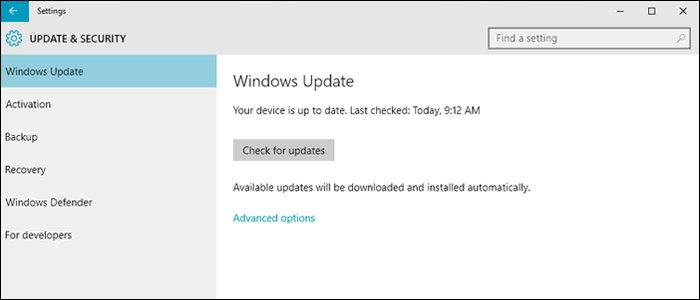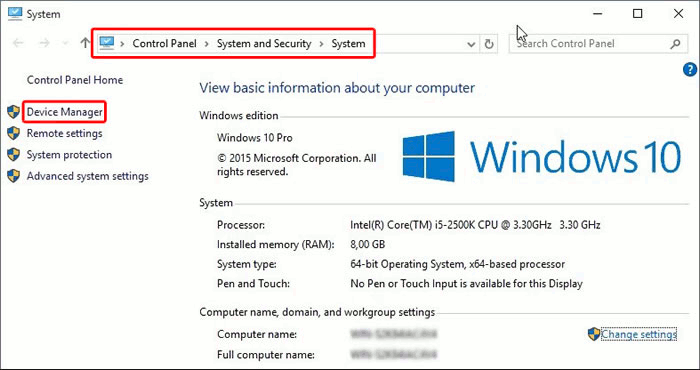Windows 10 Drivers
Windows 10 is a widely used operating system developed by Microsoft and released worldwide on July 29, 2015. It offers a user-friendly interface, enhanced security features, and regular updates to improve performance and fix bugs. One important aspect of maintaining a smooth and stable Windows 10 experience is keeping your device drivers up to date.
Keeping your drivers up to date is crucial for maintaining a stable and efficient Windows 10 experience. By utilizing Windows Update or manually downloading drivers from DriverGuide, you can ensure that your devices are functioning optimally and take advantage of the latest bug fixes and performance improvements. Using an automatic driver update utility is the easiest way to update drivers.
Find All Windows 10 Device Drivers
Download Windows 10 Drivers by Manufacturer
About Windows 10
Microsoft has made Windows 10 the most comprehensive update to Windows in the long history of the product. It is an entirely new version of their flagship operating system. Windows 10 succeeded the prior and poorly received Windows 8 and Windows 8.1.
Unlike the Windows 8 series, Windows 10 enables users to choose between using the Start Screen (for tablets and mobile devices) and the more traditional Start Menu (for PCs and laptops). Microsoft plans to incorporate a feature which will automatically switch between tablet and desktop mode based on the whether a mouse or keyboard is present. Previously, Windows 8 aimed to migrate all users to their Start Screen interface regardless of their device. Forced adoption of that new interface became a barrier to users embracing Windows 8, due to unfamiliarity with it and its rather steep learning curve.
In addition to improved security, a new browser and a new voice activated intelligent assistant, Windows 10 also boasts the introduction of cloud-based hosting of some of the operating system's core components. Cloud-based hosting enables Microsoft to update those components regularly, providing users with the latest bug fixes, improvements and features - all automatically.
Although Windows 10 intends to simplify the computing learning curve by offering Universal applications to deliver identical user experiences across PCs, laptops, tablets and mobile devices, that feature its implementation remain to be realized.
How to Update Windows 10 Drivers
A driver is software that tells your computer how to recognize and communicate with a particular device such as a printer, camera or game controller. Since many different manufacturers of all sizes make these types of devices, finding the correct driver sometimes can be time consuming.
Usually, the Windows Update feature is the best starting point to upgrade device drivers. Users can launch it from the Start button:
Start > Settings > Update and Security > Windows Update. Then, click Check for Updates.

Windows Update will detect and download any available driver updates for your system - that is, if the manufacturer has registered them with Microsoft. Unfortunately, many manufacturers, especially smaller and overseas ones, do not register their drivers through Microsoft. That means users need to find the correct drivers themselves from the manufacturer's website or a driver archive site such as DriverGuide. Then the user needs to install them manually.
Once you have found the correct driver and downloaded it to your computer, Windows 10 uses the same method as previous Windows operating systems to install drivers manually:
Start > Control Panel > System and Security > System > Device Manager.

That will open the update driver software wizard. Next, select "Browse my computer for driver software." Since you already have the driver, simply point to it and Windows 10 automatically installs it for you.